Magnetoelectric Polarizability: An Overview
It is a key concept in the modern field of materials science, and it explains the capability of certain materials to couple electric and magnetic responses within one structure. This entails that an applied electric field would affect the material's magnetic state, and conversely, the electric polarisation is affected by a magnetic field. Since in most materials, electricity and magnetism are treated as independent properties, the capability to tune one using the other opens many perspectives for emerging technologies, particularly those requiring precise control at very low energy consumption.
On a microscopic level, magnetoelectric polarizability has its origin in the interactions of electric dipoles with magnetic moments. The interactions are structured and directional, with the strength of the coupling described by the magnetoelectric tensor. This tensor captures the magnitude and direction of the response of a material and thus provides scientists with a quantitative way of screening materials for suitability for applications related to memory storage, sensing, and spintronic devices.
Key Equation
One commonly used expression to describe magnetoelectric behaviour is the following:
P = χe ε0 E + α H
In this equation:
• P is the electric polarisation,
• χₑ is the electric susceptibility,
• ε₀ is the vacuum permittivity,
• E represents the applied electric field.
• α is the magnetoelectric coupling coefficient,
• H is the magnetic field strength.
The term with αH represents the magnetoelectric effect: the magnetic field applied, in addition, causes electric polarisation. Materials with a higher α exhibit stronger cross-coupling and hence are of higher interest for advanced device engineering.
History and Development of Magnetoelectric Research
Although the connection between electricity and magnetism has been known since the 19th century, it was only in the middle of the 20th century that research began into materials exhibiting a direct linear magnetoelectric effect. Landau and Lifshitz provided the theoretical base in 1959 to indicate that certain symmetries of crystals would allow cross-coupling between electric and magnetic fields. Finally, an experimental confirmation in 1960 by Dzyaloshinskii, who predicted the effect in Cr₂O₃, was experimentally observed shortly thereafter by Rado and Folen.
This breakthrough spawned a flurry of activity in the search for new, stronger, and more tunable magnetoelectric responses. Throughout the 1980s and 1990s, research moved beyond simple antiferromagnetic oxides to include studies on complex perovskites, rare-earth manganites, and layered composites. It was in the early 2000s that multiferroics-materials such as BiFeO₃ that have colinear magnetic and ferroelectric ordering-were rediscovered. These multiferroics dramatically broadened the possibility of room-temperature applications.
Energy-efficient devices, neuromorphic computing, nanoscale actuators, and new spintronic architectures are driving demands on magnetoelectric research today. Recent breakthroughs involve topological materials, artificial heterostructures, and strain-engineered thin films that exhibit even more exotic magnetoelectric behaviour. What began as a theoretical curiosity became a central topic of condensed matter physics and next-generation electronics.
Magnetoelectric vs. Electromagnetic: The Difference
The magnetoelectric effect has frequently been confused with general electromagnetic phenomena, but the two are sharply distinguished in meaningful ways. Electromagnetism describes how electric and magnetic fields influence each other in space, as encoded in Maxwell’s equations. The coupling between changing electric and magnetic fields is universal and occurs in all media, including empty space.
While magnetoelectric behaviour is a property concerning materials, such magnetoelectricity occurs only in solids where the electric and magnetic orders coexist or interact via the crystal lattice. Here, the coupling is a consequence not of a law of nature but of symmetry breaking, spin-orbit interactions, or lattice distortions. In other words, all materials obey laws of electromagnetism, but only a few possess intrinsic magnetoelectric coupling.
This is an essential difference that comes into play for applications. Even though electromagnetic waves set fields in air or vacuum, magnetoelectric polarizability allows engineers to manipulate properties of materials: for example, switching magnetisation with voltage instead of current. Voltage-controlled magnetism hugely reduces power consumption, which is a principal reason for the integration of magnetoelectric materials into low-energy memory and logic devices.
Examples of Magnetoelectric Materials
Several materials that have been studied in detail exhibit strong magnetoelectric polarizability:
- Cr₂O₃ (Chromium Oxide) - The original magnetoelectric material, stable and antiferromagnetic.
- BiFeO₃ is a room-temperature multiferroic with co-existing ferroelectric and antiferromagnetic order.
- TbMnO3 is a terbium manganite that has complex magnetic structures, giving rise to tunable magnetoelectric interactions.
|
Material |
Magnetoelectric Coefficient (α) |
Key Properties |
|
Cr₂O₃ |
High |
Antiferromagnetic, stable |
|
BiFeO₃ |
Moderate |
Multiferroic, piezoelectric |
|
TbMnO₃ |
Variable |
Complex magnetic ordering |
For more about magnetoelectric materials, visit Stanford Advanced Materials at SAM.
Applications of Magnetoelectric Polarizability
The value of magnetoelectric materials stems from the great variety of technologies enabled by direct coupling between electric and magnetic responses. Sensing and actuation rely on extremely sensitive magnetic state control through electric fields to detect fields or mechanical motion. Non-volatile memory employs magnetoelectric writing as a substitute for storage using magnetic fields, potentially reducing energy consumption at constant information retention. Magnetoelectric materials in spintronics basically enable the manipulation of the transport of spins with voltage instead of current, which helps improve efficiency and reduce dissipation of heat.
With a reduction in device architectures and an increase in efficiency demands, materials with strong magnetoelectric coupling have become integral parts of next-generation electronic systems.
Frequently Asked Questions
What is magnetoelectric polarizability?
It is the property of certain materials that allows electric fields to induce magnetic polarisation and magnetic fields to induce electric polarisation.
Why is magnetoelectric polarizability important?
Applications involve low-energy magnetic state control, which is quite essential in sensors, memory devices, and spintronic technologies.
Do all materials exhibit magnetoelectric behaviour?
No, only those magnetoelectric or multiferroic materials that have appropriate crystal symmetry and ordering can exhibit this effect.
How is magnetoelectric polarizability measured?
Researchers apply controlled electric and magnetic fields, and measure the induced polarisation or magnetisation.
What are the issues concerning practical applications?
Major challenges include finding materials with strong magnetoelectric coupling at room temperature and integrating these materials into existing device architectures.

 Bars
Bars
 Beads & Spheres
Beads & Spheres
 Bolts & Nuts
Bolts & Nuts
 Crucibles
Crucibles
 Discs
Discs
 Fibers & Fabrics
Fibers & Fabrics
 Films
Films
 Flake
Flake
 Foams
Foams
 Foil
Foil
 Granules
Granules
 Honeycombs
Honeycombs
 Ink
Ink
 Laminate
Laminate
 Lumps
Lumps
 Meshes
Meshes
 Metallised Film
Metallised Film
 Plate
Plate
 Powders
Powders
 Rod
Rod
 Sheets
Sheets
 Single Crystals
Single Crystals
 Sputtering Target
Sputtering Target
 Tubes
Tubes
 Washer
Washer
 Wires
Wires
 Converters & Calculators
Converters & Calculators
 Write for Us
Write for Us
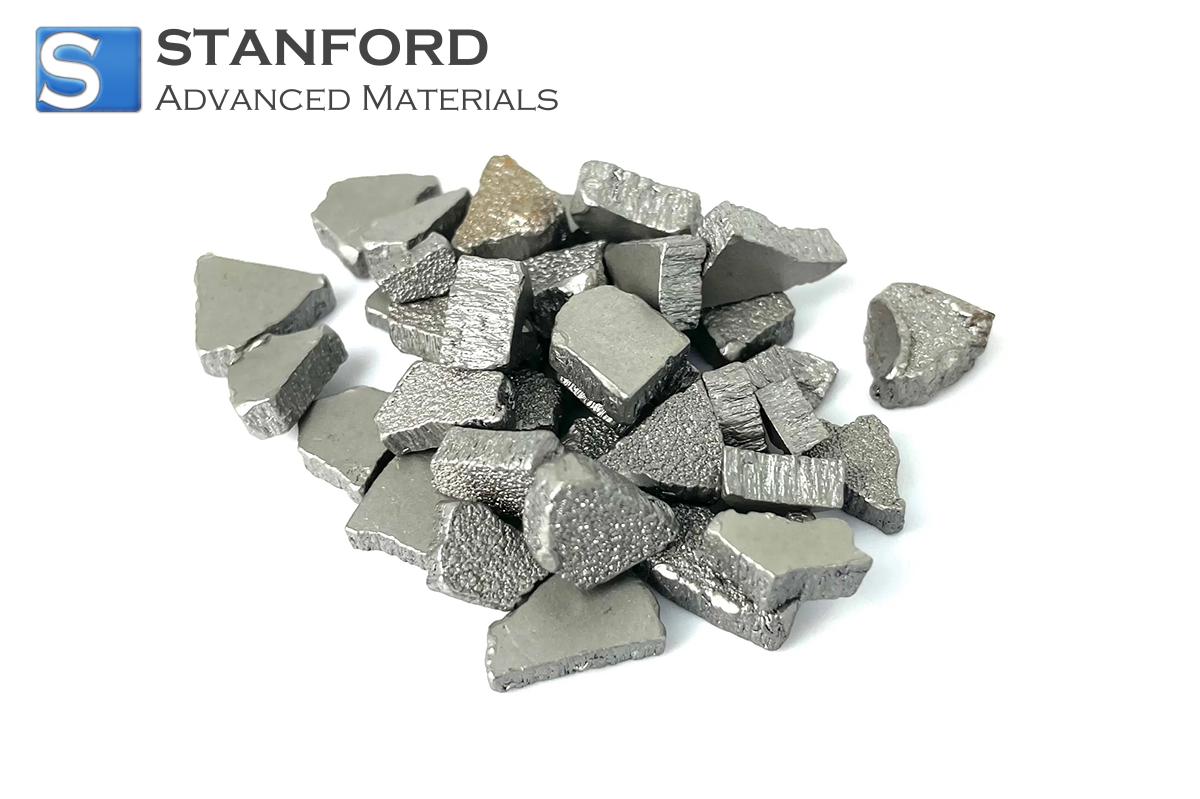
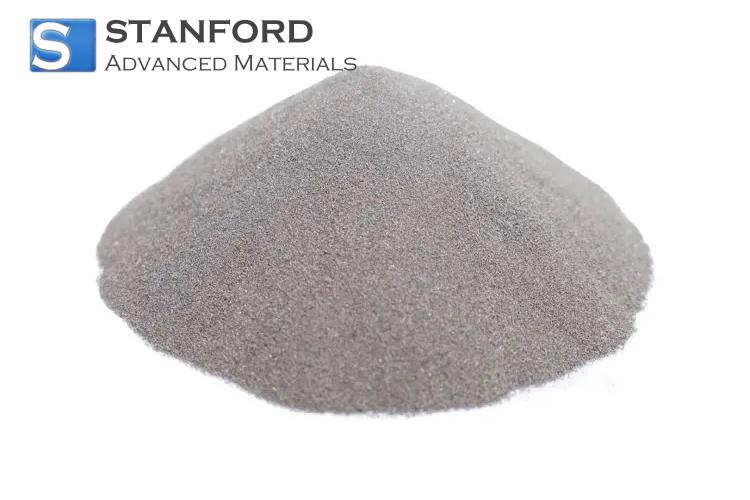
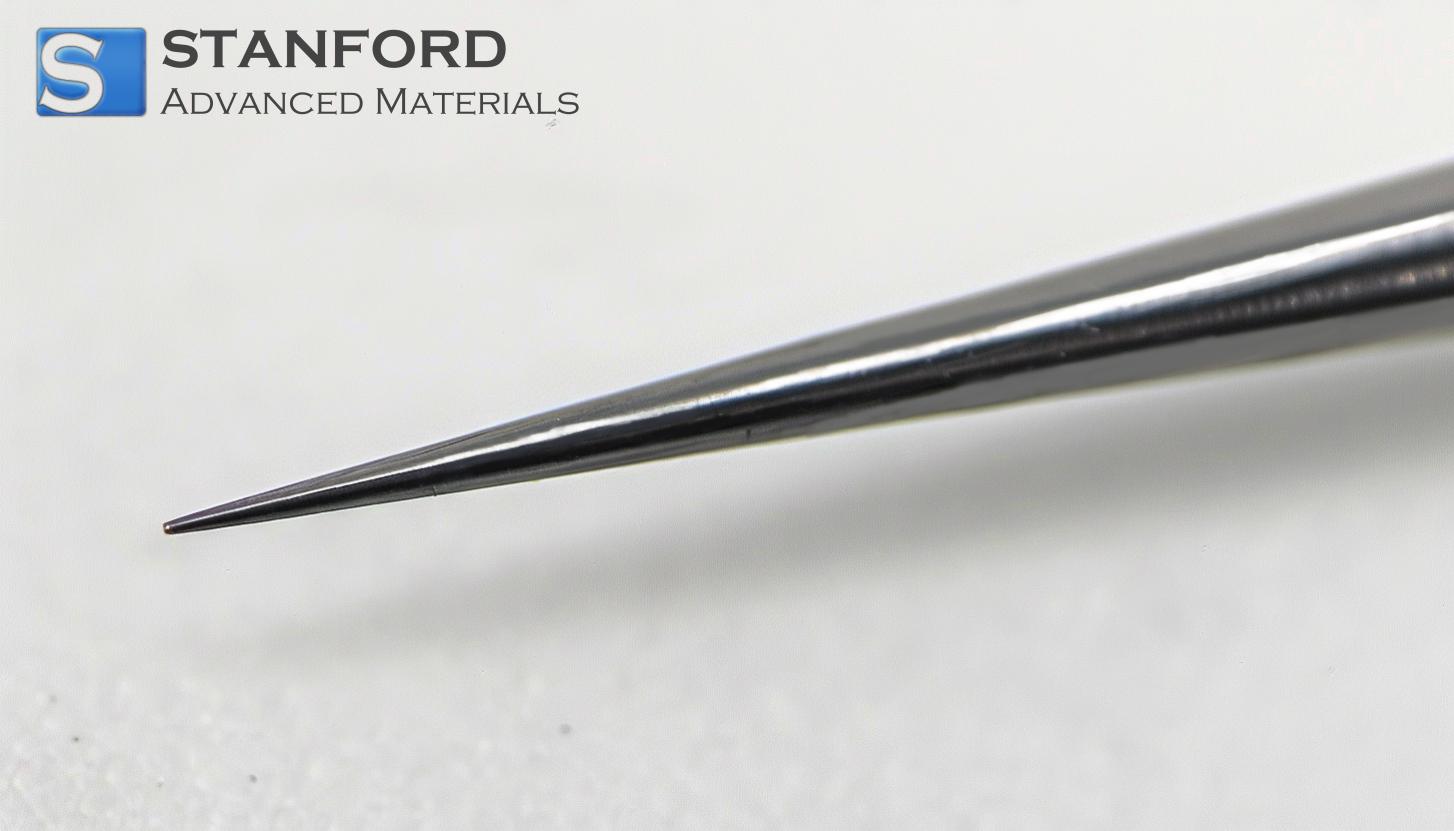
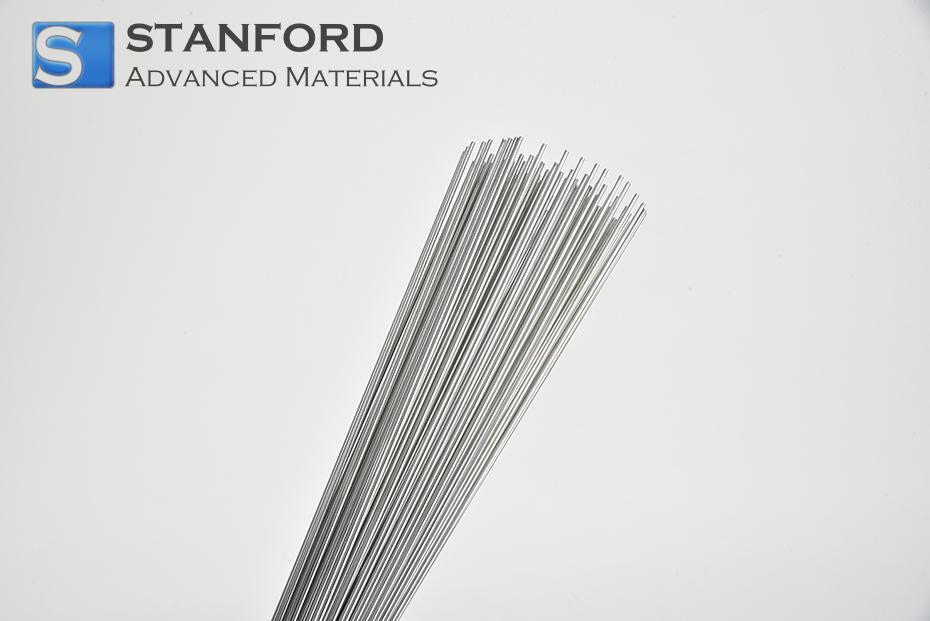
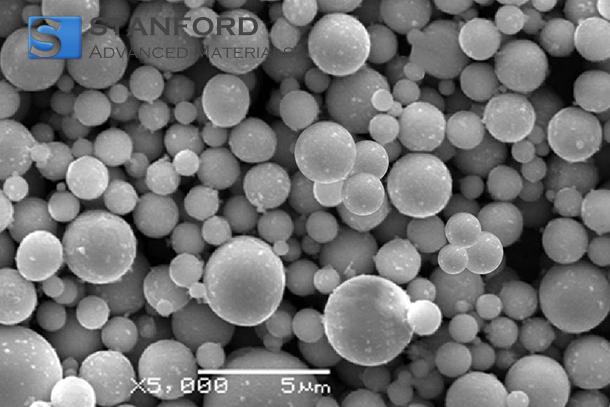
 Chin Trento
Chin Trento



